Cloudy, Likely non-switchable ads on the starry sky
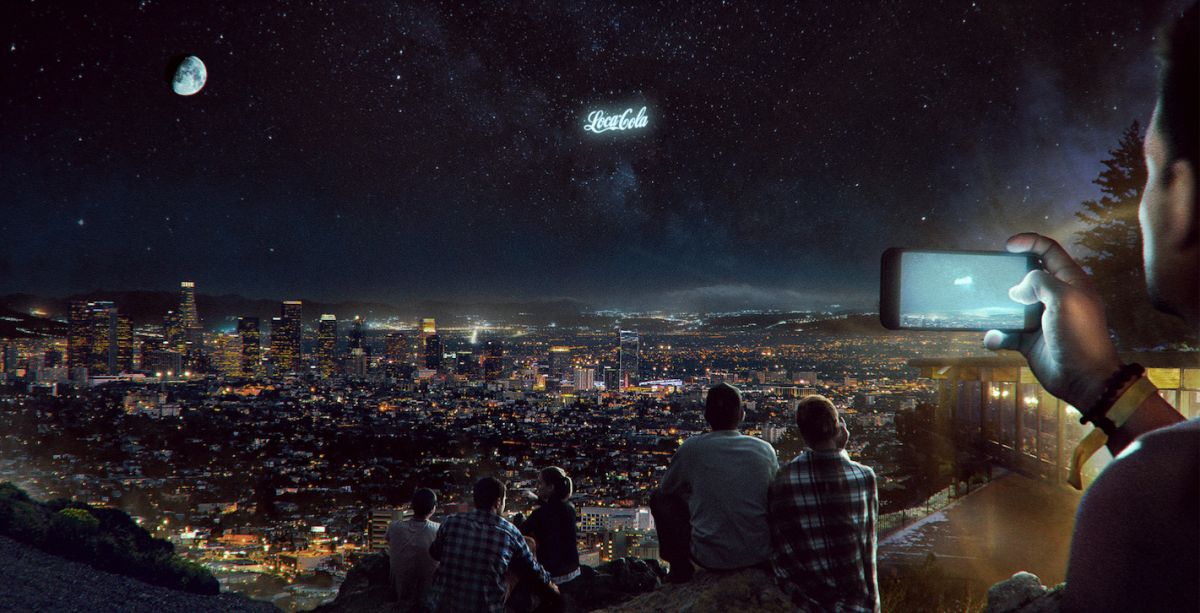
The difficult path must be passed from the idea of creating to the real creation of man-made stars and paintings in the night sky.
Handmade star
And it all started ... with a star from New Zealand.
On January 21, 2018, for the first time in the history of the country, several satellites in New Zealand successfully launched several satellites into space, as this was the first such mission in the southern hemisphere of our planet.
')
The rocket “Electron”, called “Still Testing” (Still Testing), successfully launched the Dove Pioneer satellite from Planet Labs and two Lemur-2 satellites from Spire Global, also to Rocket Lab’s Humanity Star satellite.
It turns out that in New Zealand there is a small space launch center “Rocket Lab Launch Complex 1”, which was officially opened on September 26, 2016. This is a commercial space center, located near Cape Ahuriri on the southern tip of the Mahiya Peninsula, on the east coast of the North Island in New Zealand.
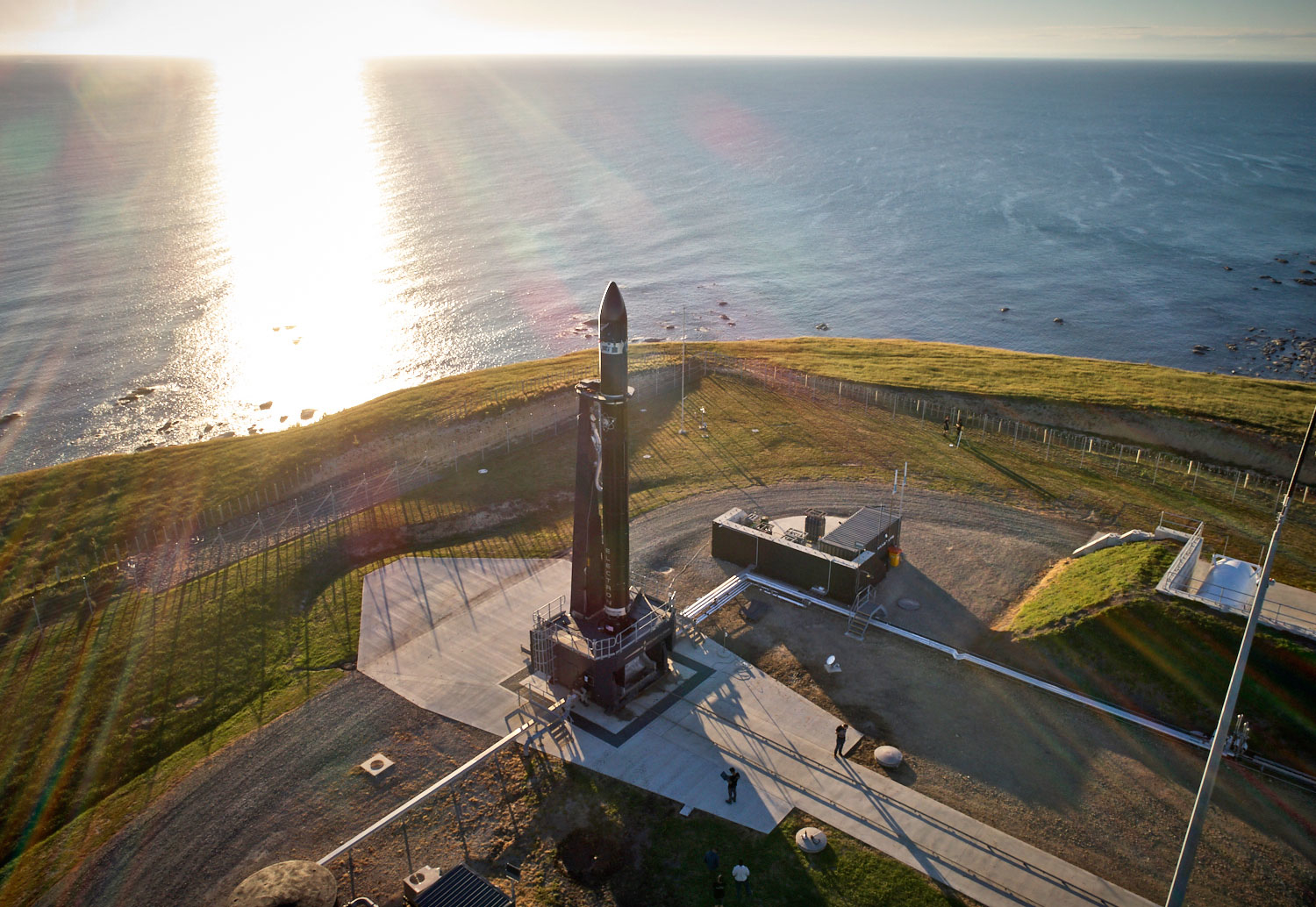
So what is the satellite star "Humanity Star"?
The project was initiated and implemented by Peter Beck, the founder of the company Rocket Lab, who called this unusual satellite "The Star of Humanity" (Humanity Star).

This is a faceted sphere with a diameter of just over 1 meter of carbon fiber, having 65 reflective panels that reflect the sun's rays from the hull (according to calculated data from a distance of 1000 km, with half illumination of the sphere) with an absolute magnitude 7, although actually measured data after launch showed achieve brightness 1.6.
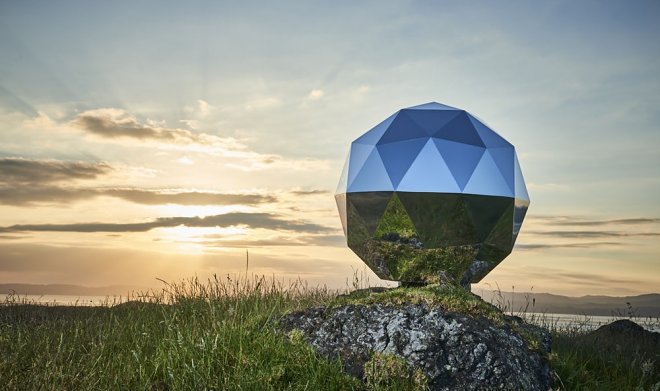
It was planned that a satellite-star orbiting the Earth will be located nine months and then burned in the atmosphere. But this period could not be sustained - only 2 months and 1 day “Star of Humanity” pleased the celestial vault with its presence, having entered the atmosphere on March 22, 2018.
The satellite-star moved around the Earth in an elliptical orbit with a perigee and apogee of approximately 292 and 529 kilometers, respectively, an inclination of about 83 degrees and a period of 92 minutes.
It was assumed that due to such dimensions and contours of the reflecting surface, the satellite can be seen in the night sky even with the naked eye. As the satellite constantly rotates, it should flash in the sky, reflecting sunlight.
Her position could be tracked on thehumanitystar dot com site.
Unfortunately, this site is not available now.


This is how the satellite-star was visible on the morning of January 25, 2018 - bright and constantly shining, not blinking (the author claims that it was really a “Humanity Star”, as he checked the site with its coordinates):


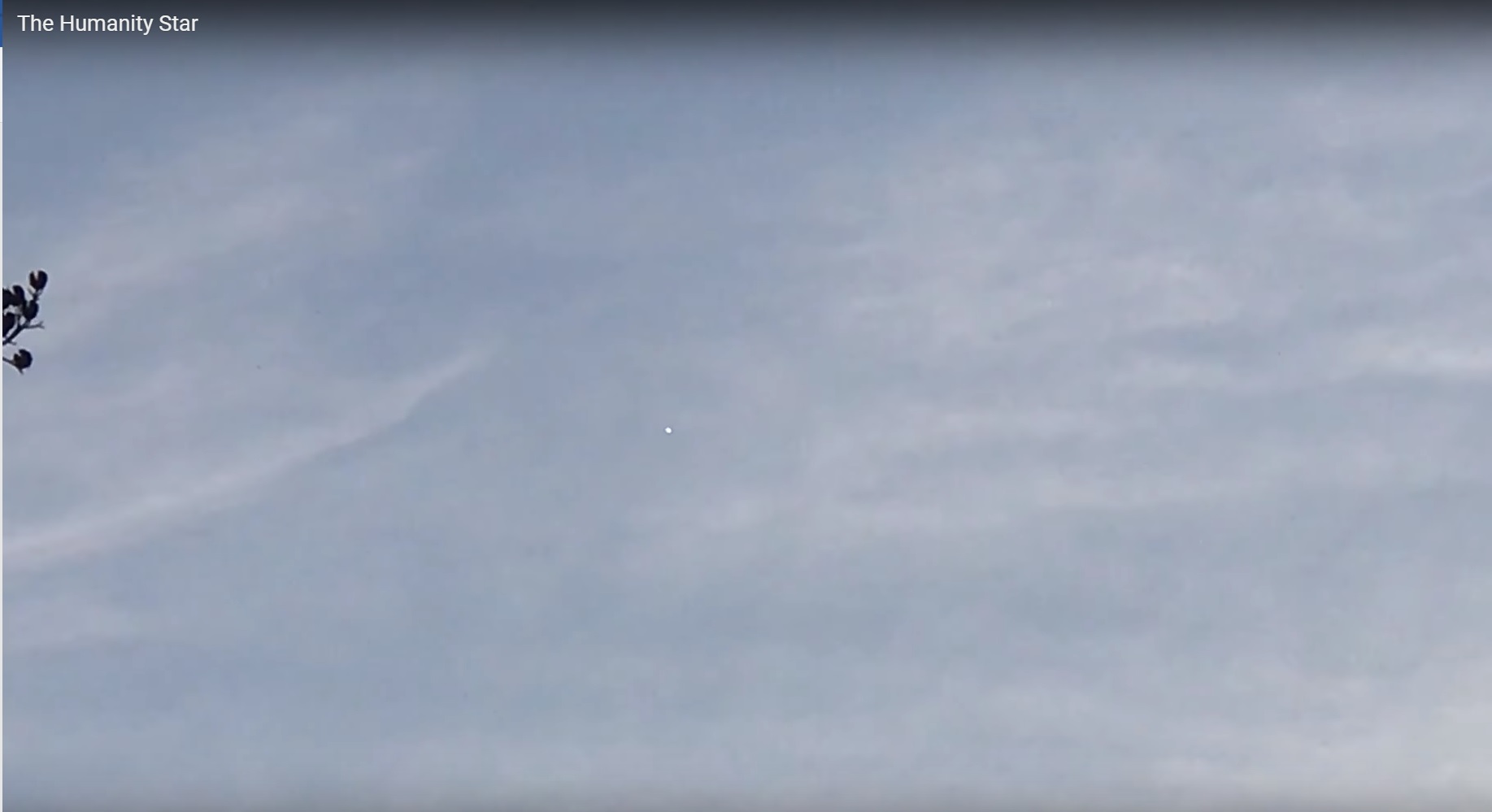
But on February 25, 2018, the satellite-star in the night sky blinked, rather than constantly shone:
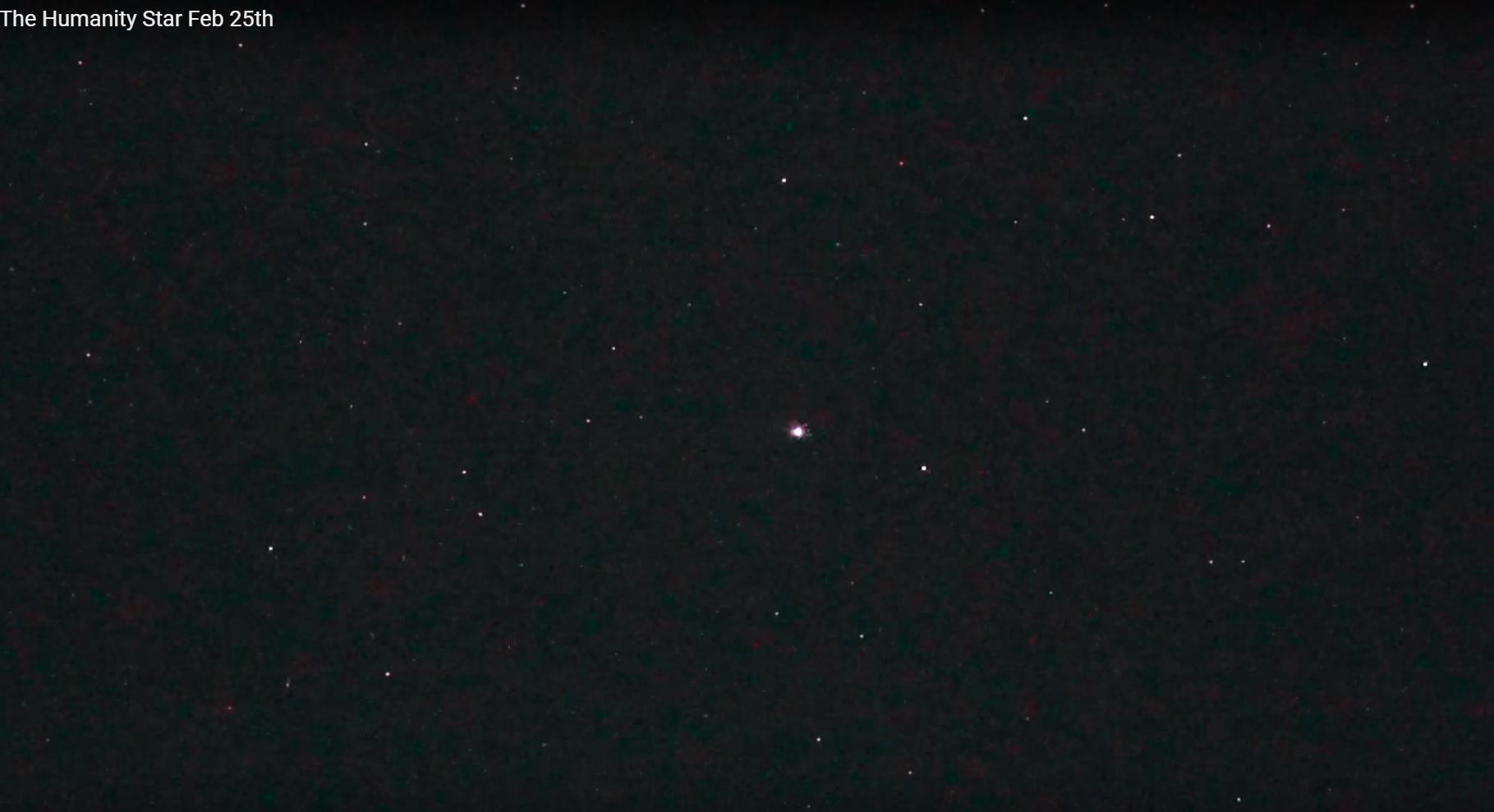
As expected, the response of many astronomers to the appearance of the Humanity Star in the sky was negative, since such bright reflective sunlight objects in orbit can interfere with astronomical observations.
As soon as they did not name this star on the forums and in the press - an act of vandalism of the night sky, space graffiti, a publicity stunt and sparkling space junk. Although, light flashes from existing satellites and the ISS are much brighter than from the "Star of Humanity".
In general, it is clear that the appearance of such objects in the Earth’s orbit is still expected, and the satellite “Star of Humanity” was only the first “private” ray.
By the way, this is what they wrote about this ambitious project earlier.
Artificial constellation picture
And then in 2018, a start-up called StartRocket appears, the purpose of which is to create a certain recognizable picture (half the size of the moon) in the sky, clearly visible on Earth with the naked eye, with the possibility of changing its light state to display any logo or word.
That is, they have already blown onto a larger sector in the sky than a small dot in the “Star of Humanity”.
To form a multipoint image (picture) in the sky will be a swarm of small satellites (cubsat), equipped with large reflective elements (it is planned that this will be an unfolding sail from Mylar with a diameter of 10 meters), turning which (and also changing the location of satellites in the line) can be changed the amount of reflected sunlight and receive different images.
Here is an example of a photo of a similar sail 20 meters wide:

Estimated number of satellites in one swarm (for a string of 5 letters): 20 x 5 = 100 pcs.
This technology in the StartRocket called "Orbital Display", it is based on the management of a fleet of Kubsat, at an altitude of 400-500 km. It is planned that such a matrix of cubsat will be in orbit of the Earth and move at a constant speed, allowing the picture of the reflected sun candle to remain in the observer’s field for only a few minutes.

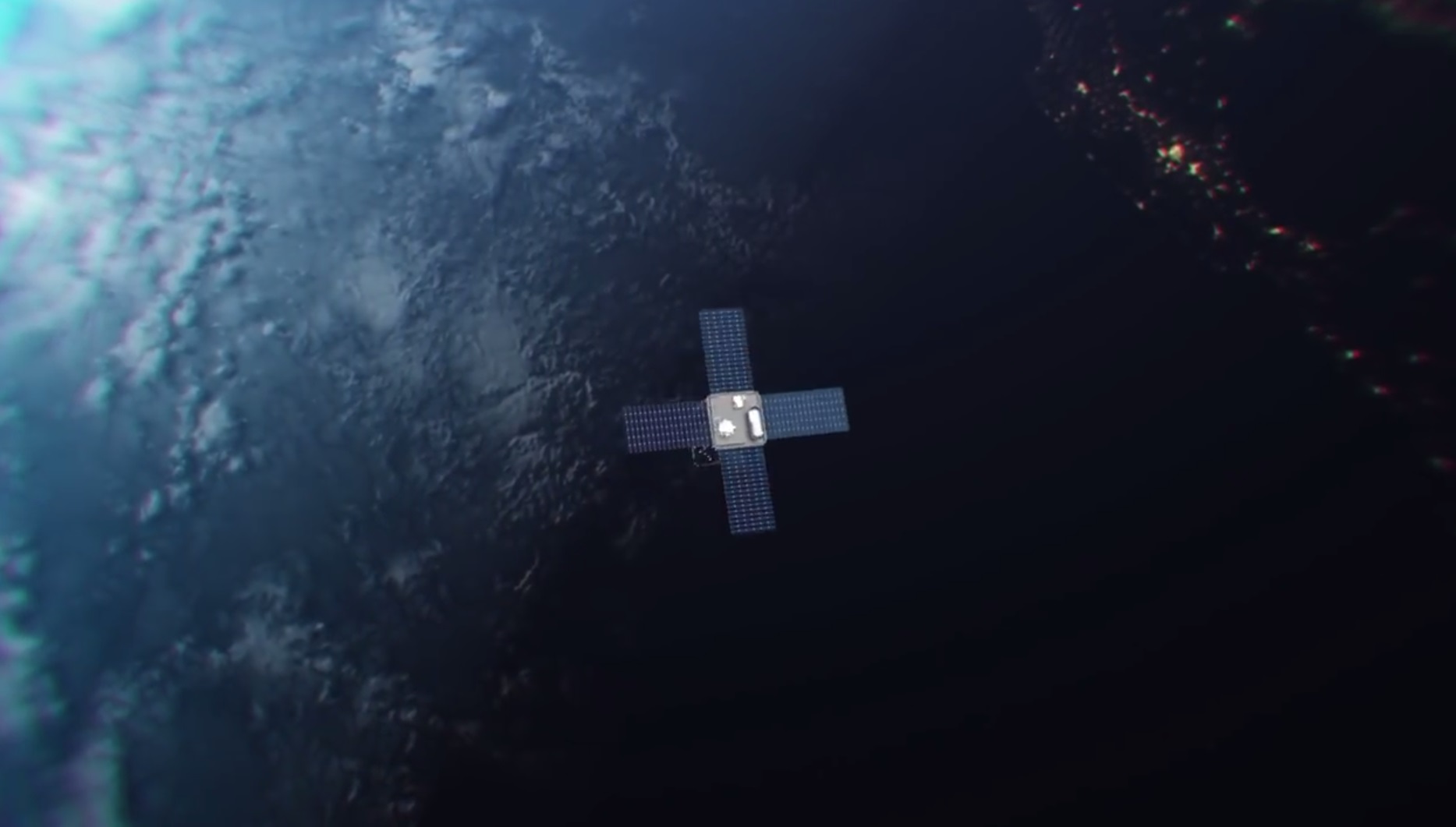

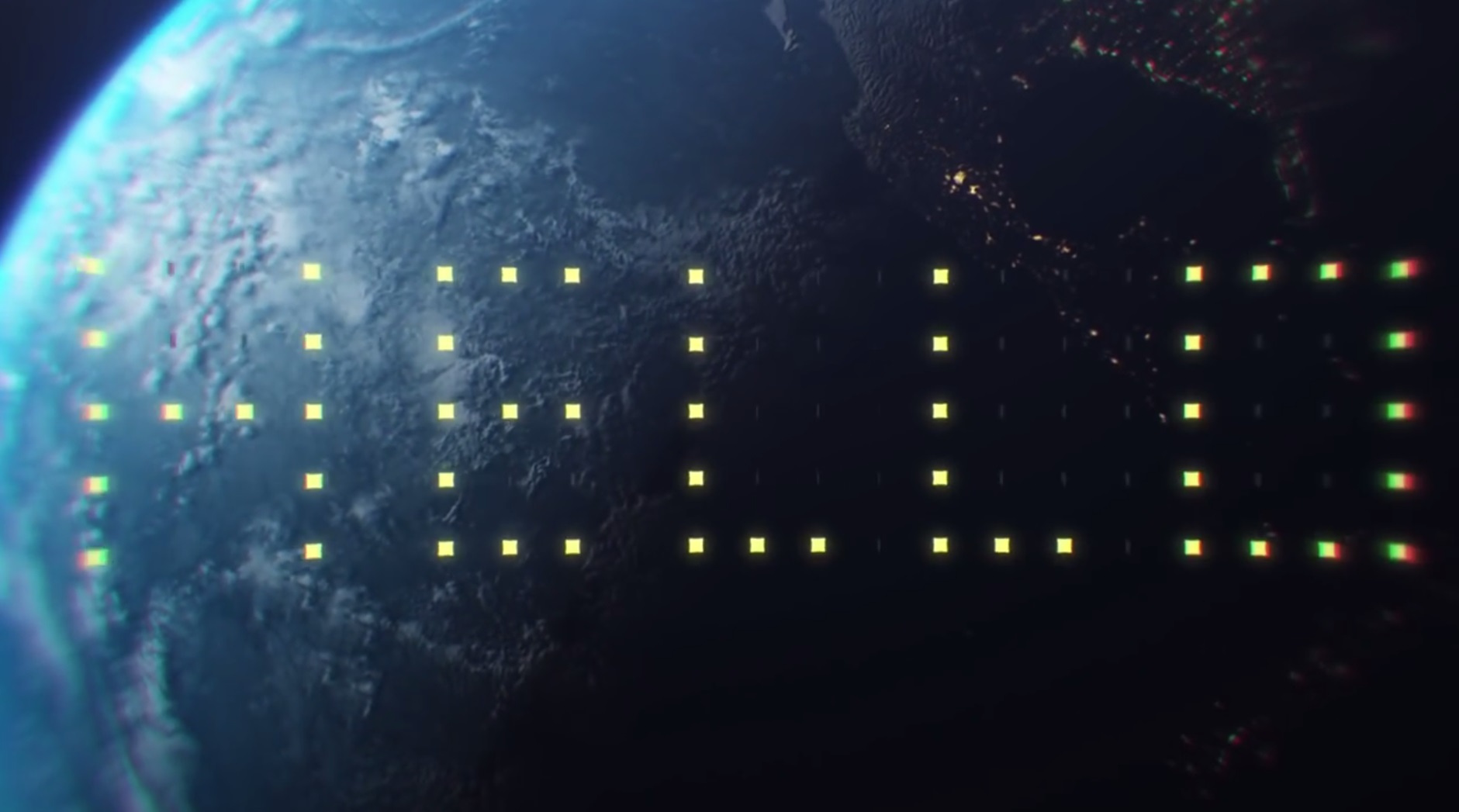
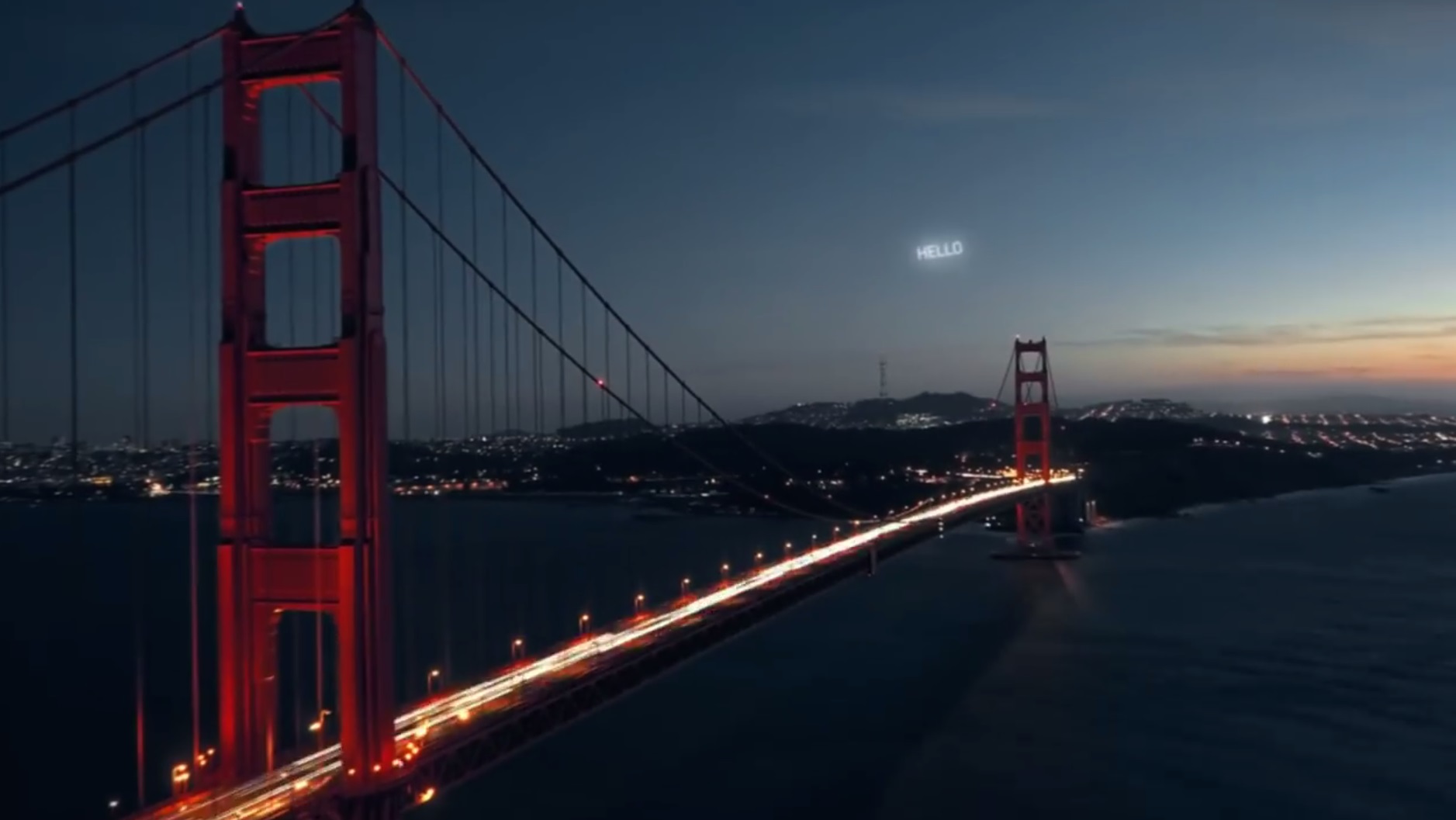
It is planned to control the constellation of such satellites in its own MCC from the Earth in order to promptly change their trajectories in order to avoid collisions with other satellites in Earth orbit or with space debris.
Such technical limitations are stated in the project:
- to change the image - up to three different pictures per day;
- on the visibility of the image - pictures will be seen only during the morning / evening twilight.
It is likely that with the help of such pictures it will be possible to display informational warnings in case of danger.
Perhaps in the future, such space screens will become a backup part of the global warning system.
Approximate deadlines for implementation of the project stages:
- 2019: production of system components and software development;
- 2020: the first launch of a group of satellites into orbit;
- 2020-2021: testing in orbit and refinement of the functional;
- 2020: commissioning, full demonstration of the system.
According to StartRocket, its specialists, with the help of the Skoltech Space Center (Skolkovo Institute of Science and Technology), have already completed a project on the scientific substantiation of the possibility of using sunlight to display messages in Earth orbit.
Also, according to the information from StartRocket, they managed to solve the first technical problems associated with the orientation and control of the joint flight of the elements of their small satellite constellation.
It seems to me that this is not a very viable project, since a lot of not only technical issues need to be resolved, but also from the legal side to agree with different countries on the possibility of such a broadcast, and get coordination with many space agencies and their structures in the world to launch and placement in a specific orbit swarm of satellites.
If they reach the assembly of the prototype system and the launch into space of a small swarm of small satellites modernized for this task - this will be an incredible success.
Futuristic, probably, the battle of two satellite advertising groups for a place under the Sun will look in the starry sky.
So far, I see such difficulties in the implementation of this project:
- the need to use special small satellites modified for this task with a deployed sail from Mylar, where there is a high probability of damage to the sail with the failure of its components, so “broken pixels” may appear on the overall picture, which will be difficult to eliminate quickly, in general, in any complex and multi-component system, and even more remote from the operator by thousands of kilomers;
- the concept of performing multiple rotations of a part of satellites (or their sails separately) to change the picture will be difficult to implement, especially since these rotations need to be done often and many times (so far 3 times a day sounded), what is the actual lifespan of such a launch screen? it is still not clear as a result (most likely less than a year):


- it is not clear how the different direction of the image will be compensated when flying over the eastern and western hemisphere, because if you cannot change the picture (invert, turn when the Earth pole crosses satellites), then the picture will be normal in one hemisphere, and the other will turn over This is because in the video of solution concepts only in one direction everything moves;
- the estimated height of the orbit and the size of the picture still do not guarantee these actual values after the launch of satellites, it will still be necessary to select the optimum height already in orbit and adjust the distance between the satellites for a clearer and more understandable picture, if they are located close to each other, and with too much distance from each other there will be just white dots in the sky;
- it is possible that there will still be a light effect on the picture of even turned sails, so that in their place there will also be an extraneous solar illumination with a thin strip;
- the weather in the world is changeable and more often we see clouds with clouds, but not clear skies, and this will greatly influence the visibility of their grouping and the perception of pictures as just a bright haze behind the clouds;
- the project already has opponents prior to its implementation: “This is a threat for astronomical research from Earth. Each of these moving light highlights in the night sky can prevent the collection of photons from space objects, ” these are the words of the astronomer and the head of the non-profit organization The International Dark Sky Association John Barentine;
- will be a threat and a hindrance for large space orbital objects, for example, the ISS flight altitude is slightly lower than the estimated height of the projected satellite swarm;
- it is necessary to have one or two large satellites in orbit above the swarm plane to monitor the status and parameters of the orbits of each Kubsat and the ability to control the swarm autonomously when communication with the Earth is lost, that is, the controlled orbital satellite constellation will turn out;
- you need to implement a special system of protection against unauthorized changes to the picture, otherwise interception of control and the ability to light certain symbols and signals on the sky are unacceptable in this system and it will be necessary to prevent such incursions from having an operational countermeasure, including the destruction of the swarm by controlled combustion of its elements in the atmosphere;
- its commercial part and dependence on investments, since if it were possible to use such satellites scientifically, it would be more beneficial, but at the same time it would be difficult to achieve its exemplary duties and conduct certain space research and transmit their data.
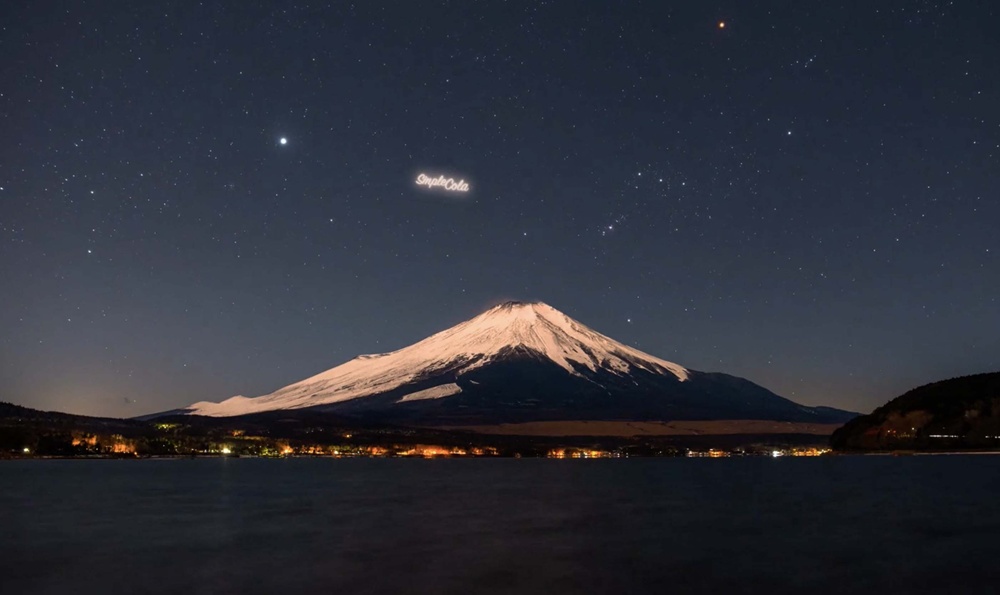
However, I was pleased that their site is being developed and adjusted, for example, such comments were found right there in the site code a month ago (in Russian, of course) by me:
// this line falls when embedded in an iframe
// maybe it is worth adding statistics collection on such projects and saying not to do so
startrocket dot me
Now the code on the site has been finalized and these lines have been removed.
Source: https://habr.com/ru/post/441180/
All Articles